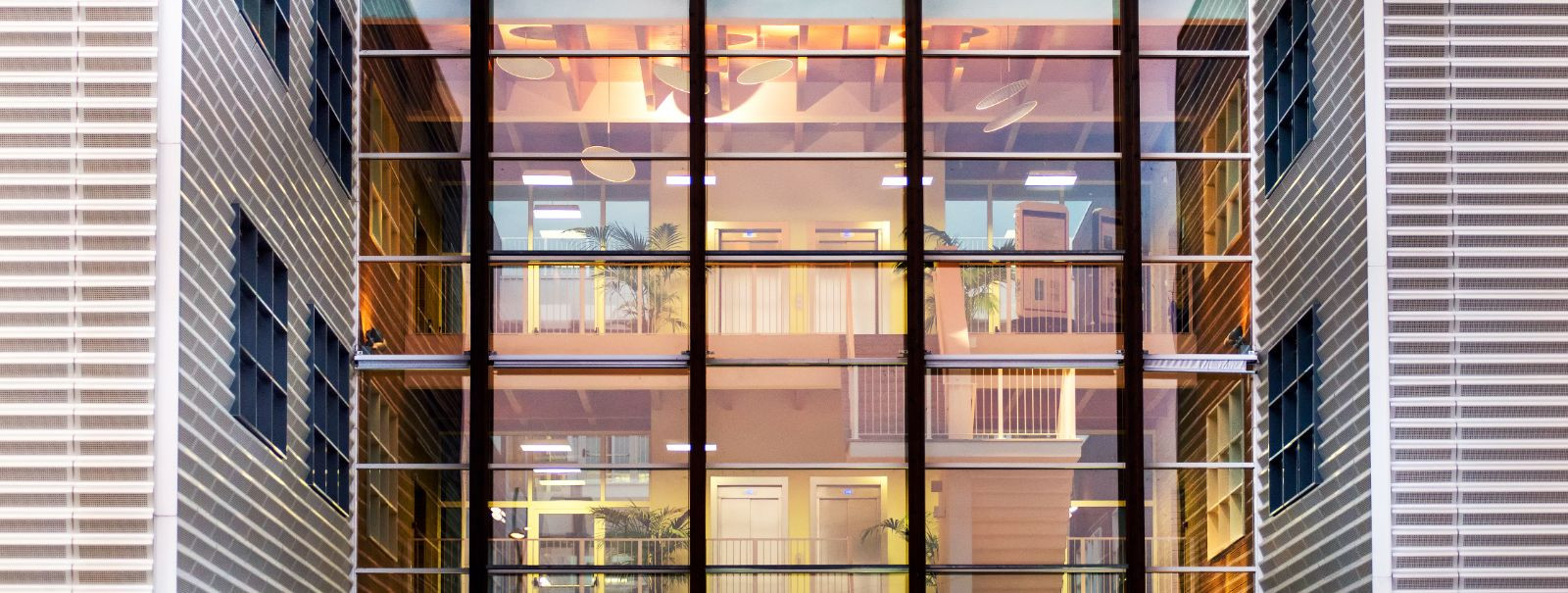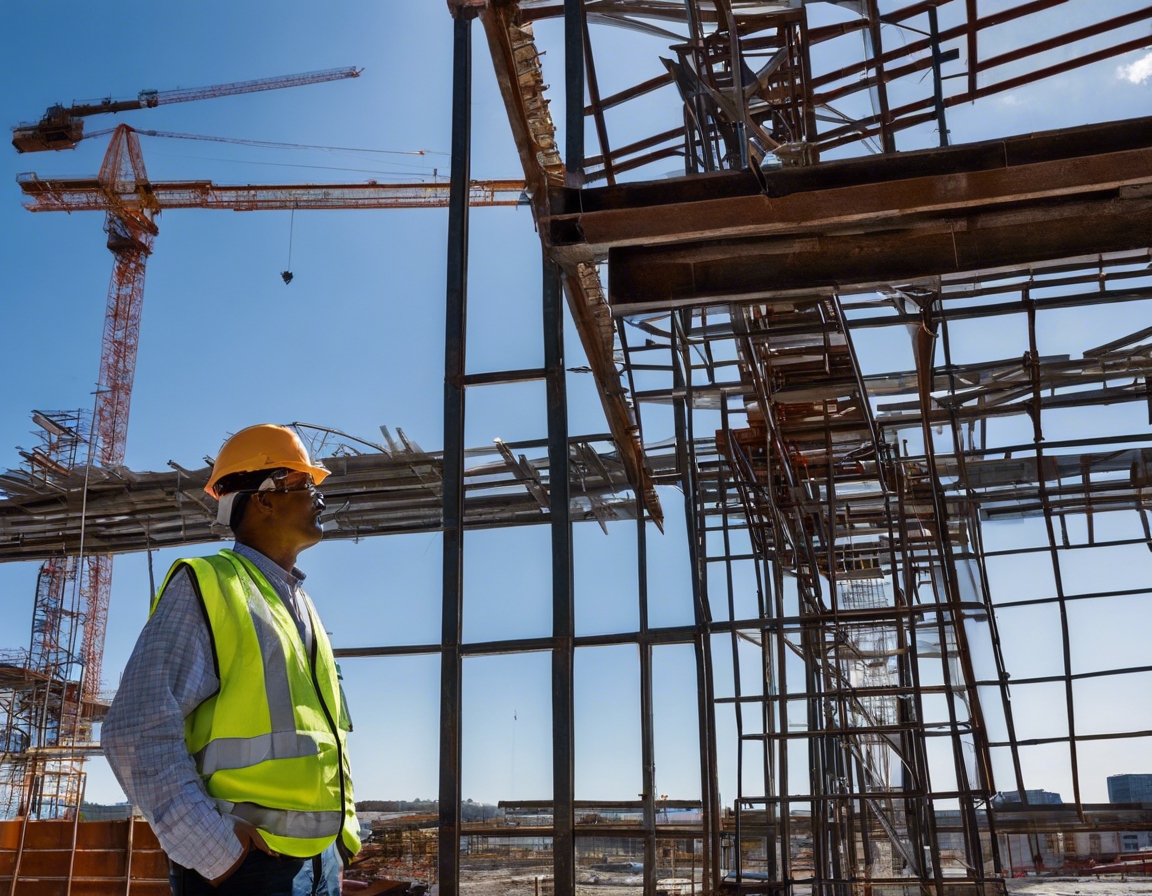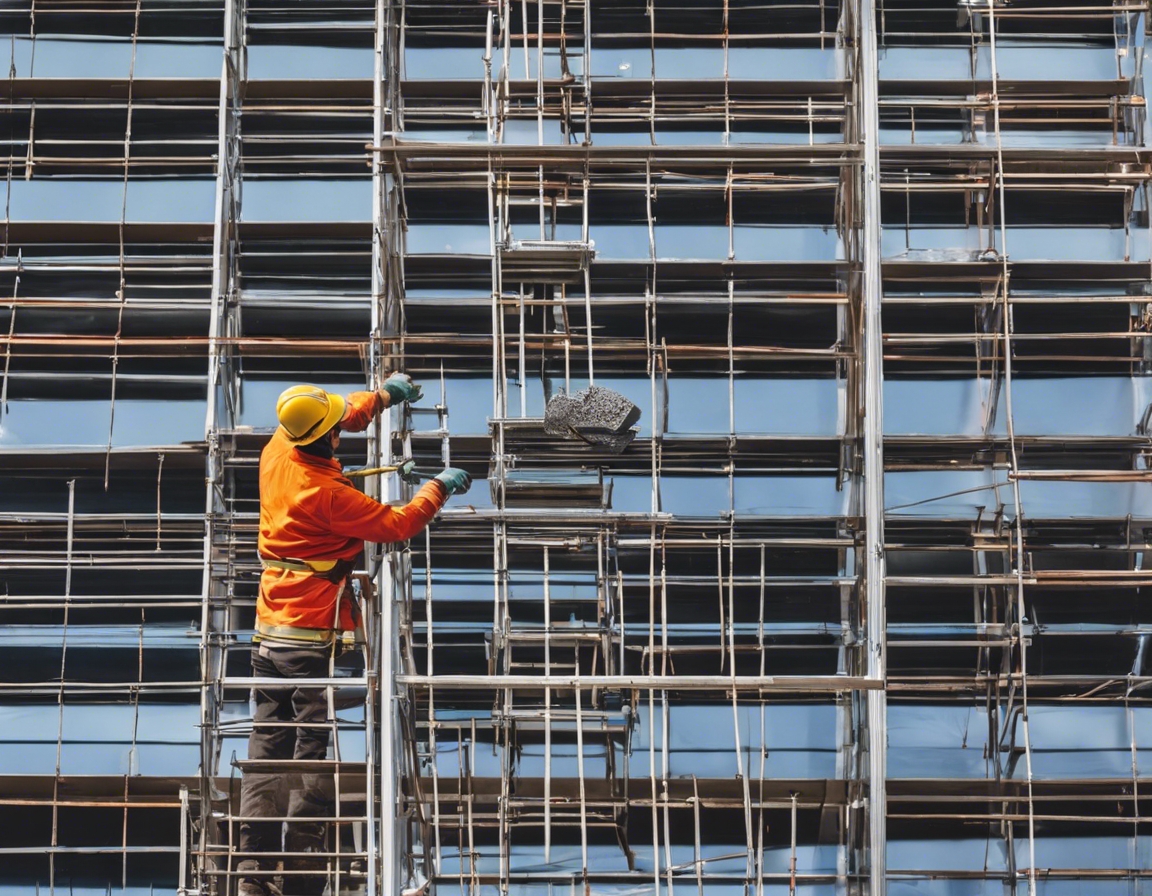5 trends shaping the future of sustainable construction
Sustainable construction refers to the adoption of building practices that are environmentally responsible and resource-efficient throughout a building's life cycle. This approach is crucial as the construction industry is a significant contributor to environmental degradation. Sustainable construction aims to mitigate these impacts by focusing on the longevity, energy efficiency, and minimal environmental footprint of buildings.
The concept of sustainable construction has evolved from simple energy-saving measures to a comprehensive approach that encompasses the entire building process. This evolution reflects a growing awareness of the need for environmental stewardship and the demand for healthier, more sustainable living spaces.
1. Green Building Materials
The use of renewable resources and recycled materials is becoming increasingly prevalent in construction. Materials such as bamboo, reclaimed wood, and recycled steel reduce the need for virgin resources and minimize waste.
Technological advancements are leading to the development of new materials that are both sustainable and high-performing. Examples include self-healing concrete and insulation made from plant-based materials.
2. Energy Efficiency and Renewable Energy Integration
Smart design principles and Passive House standards are being adopted to create buildings that require minimal energy for heating and cooling. These designs make use of natural light, improved insulation, and strategic building orientation.
The integration of renewable energy sources like solar, wind, and geothermal, along with energy storage systems, is essential for reducing a building's carbon footprint and achieving energy independence.
3. Water Conservation and Management
Efficient fixtures, rainwater harvesting systems, and greywater recycling are becoming standard practices in sustainable construction to conserve water and reduce the strain on municipal water supplies.
Green roofs, permeable pavements, and other green infrastructure elements are being used to manage stormwater, reduce runoff, and improve water quality.
4. Advanced Building Technologies
Building Information Modeling (BIM) technology allows for the creation of digital representations of physical and functional characteristics of buildings, improving the efficiency and accuracy of the construction process.
The use of automation and robotics is increasing in the construction industry, leading to faster construction times, reduced labor costs, and improved worker safety.
5. Regulatory Support and Certification Systems
Governments around the world are implementing policies and providing incentives to encourage sustainable construction practices, such as tax rebates and grants for green buildings.
Certification systems like LEED, BREEAM, and WELL are setting the standard for sustainable construction, providing frameworks for assessing and recognizing green building practices.





Comments (0)